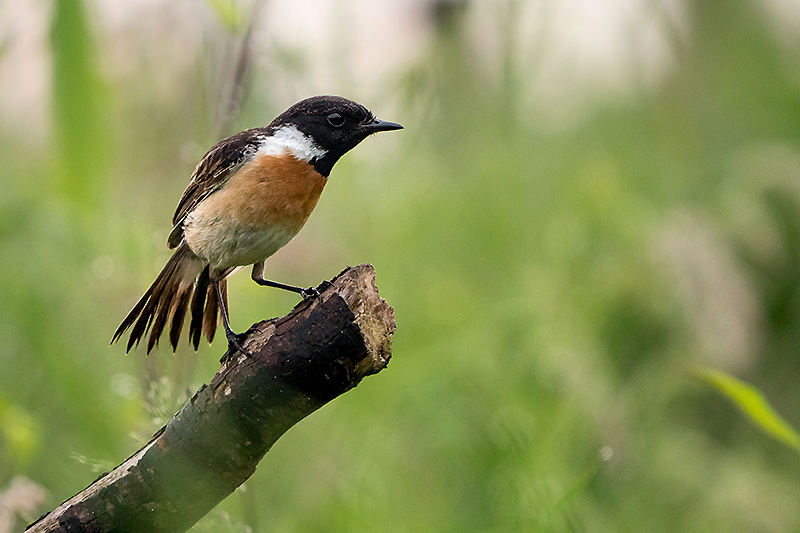LUMIX STORIES
Fascinating birds - Jon Bryant
Jon Bryant has had the utmost respect for bird photographers throughout his entire career as a wildlife photographer. When Panasonic announced the launch of the LEICA DG VARIO-ELMAR 100-400mm / F4.0-6.3 ASPH. / POWER O.I.S. (H-RS100400) lens, he knew this was going to be a game-changer: ‘I was even able to photograph the small European birds.’
‘Bird photography is an extremely challenging and highly specialised domain’ states Jon Bryant, who categorises himself first and foremost as a wildlife and landscape photographer, not a specialist bird photographer. But last year, something changed when Panasonic announced the launch of the LEICA DG VARIO-ELMAR 100-400mm / F4.0-6.3 ASPH. / POWER O.I.S. (H-RS100400)lens. ‘This lens has a 35mm focal length equivalent to 200-800mm which makes it absolutely ideal for bird photography. The ability to focus on such small subjects and fill the frame meant that for the first time I had the right tool for the job at an unbelievably affordable price point, and with the additional benefit that the lens weighs less than a kilo. It was the perfect companion for my LUMIX camera.
Jon decided to focus on bird photography, and more precisely on European bird photography, for three main reasons. ‘First, it is such a challenging domain both from a camera craft perspective and the focal lengths required to do it justice. Second, I figured that if I got better at shooting birds my wildlife camera craft and skills would also improve and that had to be a good thing for my own photographic journey. And third, after spending the last three years concentrating mainly on African wildlife, bird photography is so much more accessible, because birds are all around us.’
Jon also focused his attention on bird hide photography, which allows the photographer to remain concealed while close to the subject without disturbing the environment. ‘With bird hide photography there are four key things to consider to get a superb image: light, subject, composition, and behaviour,’ Jon explains. ‘Having great light for bird photography is vital. It is probably the most important element in being able to shoot in aperture priority mode and getting faster shutter speeds to freeze the action. But light also creates atmosphere, contrast and mood in a bird image, especially with bird portraits.’
Composition is an important aspect of all types of photography, and an aspect that is essential yet often overlooked in wildlife photography is a clean background. Having a clean and soft background makes the bird central. Finally the challenge is to anticipate to bird behaviour movement, which with small, fast-moving subjects can be very difficult.’
Jon feels very satisfied with his decision to focus on European birdlife photography, and he concludes: ‘Without the addition of the LEICA DG VARIO-ELMAR 100-400mm / F4.0-6.3 ASPH. / POWER O.I.S. (H-RS100400) lens, getting such close insights into the avian world would not have been possible.’

Jon Bryant
Jon Bryant is a wildlife and landscape photographer.
After working for many years as a videographer, Jon was an early adopter of the new generation of mirrorless hybrid stills/video cameras.
Jon regularly travels to Southern Africa to document wildlife and natural history.
[instagram] @jonntybryant





